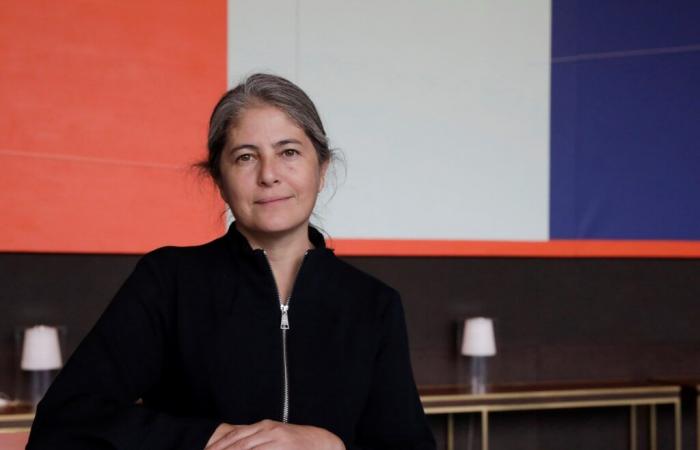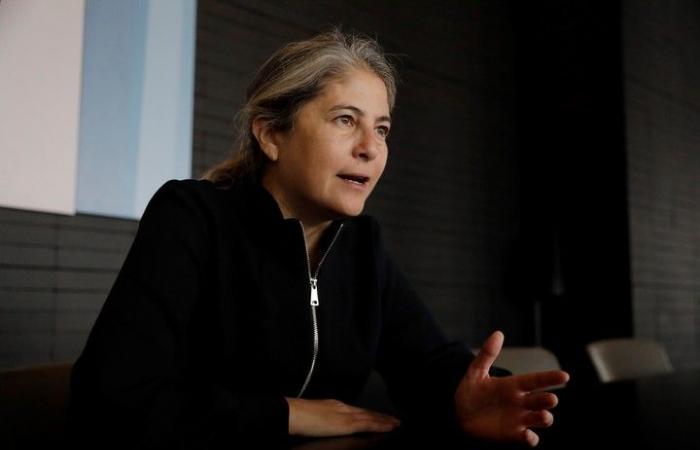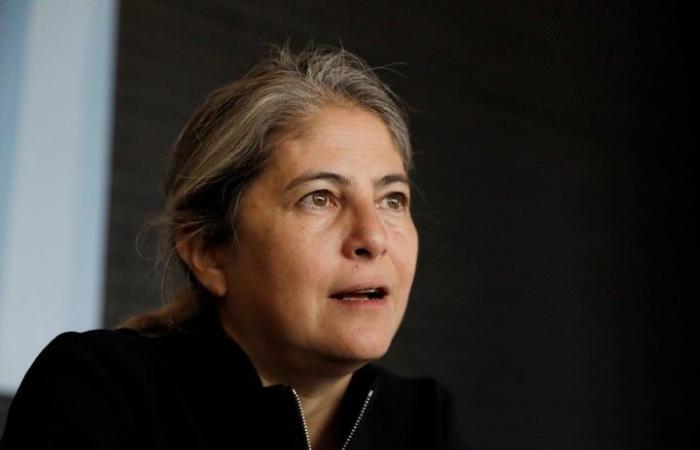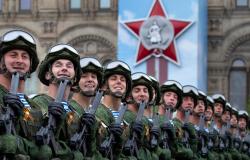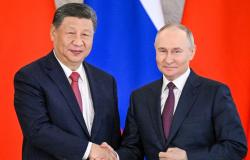It has been a long time since Selva Almada It ceased to be a promise of Argentine letters to be a name with its own weight, making a personal universe that dialogues with the uncomfortable areas of existence in rural geographies that are poetic and ominous in equal parts. His trilogy The wind that sweeps (recently taken to the cinema by Paula Hernandez), Ladrilleros y This is not a river He has managed to sculpt a world based on minimal stories that delve into what is not said. Native of Villa Elisa, Entre Ríos, its origin crossing with years of Workshop with Alberto Laiseca resulting in an oscillating literature that can cover from the song of a small bird to the outbreak of the worst of the storms.
2025 found it, at the beginning, with the launch of Laiseca, the teacher. An intimate portrait (Penguin Random house). Collective biography written to ten hands next to Four more disciples of the teacher Lai who accompanied him until his last days: Natalia Rodríguez Simón, Rusi Millán Pastori, Sebastián Pandolfelli and Guillermo Naveira. In addition, he reissued The innocent (South American), a book where it brings together six stories oriented to an infant youth audience where children are the protagonists with illustrations by their sister Lilian Almada.
Shortly after appearing at the International Book Fair of Buenos Aires, he spoke with Clarion About these releases, future projects – A new novel that will be published, if everything goes well, this year – and of How the Argentine cultural present lives.
– You written Laiseca, the teachertogether with four of Lai’s closest disciples. How was the process?
–It was quite complex. We were five people writing and the idea was to achieve a common voice that was Chanchín. The text went through several stages of correction, edition, rewriting, polished, until that voice can finally achieve. It was one of the most difficult things in a group process where we are all writers and everyone has their style.
– What things did you discover that they surprised you during writing and research?
–The self -perception as the last orejón del Tarro, someone who had gone unnoticed in the scene of the sixties and seventies. when we interviewed Fernando Noy, who met him at that time, he gave us a different panorama .. We saw a commentary with the alternative scene of those years, which participated in performances, who had written a play and that had been taken into account. Then, through the story of his daughter’s mother, I met more thoroughly that time he lived in Escobar, which was the only house he had. He talked about that house with a lot of nostalgia. Then he ended up selling it. There were not many details of that time. How that house was, that for those years with the inheritance he had received from the sale of the father’s house, he could only write. Susana’s story of that era was very bright, a lai that could finally be delivered to writing without having to do a lot of work that he had done so far that they had nothing to write. She remembered him as a time of great fullness of him.
–You recently asked for South American a book of stories oriented for the Infantojuvenil public, The innocentwhich had initially been published in the publishing house of the province of Entre Ríos, how did it arise?
–Heyak held at the request of Fernando Kosiak, who was in charge of the publishing house in 2019, together with my sister Lilian, who is a visual artist. It was thought to distribute in schools in the province. He had these short stories that he had written in different formats, for some media, where everyone was starring children. Some rework them, I worked a little more and added two new ones (“the lights” and “benita and the cats”).
– Did you not have any difference compared to writing adult literature?
–The truth is not, that is, of course there are certain areas, certain words that anyone with a little common sense knows that they cannot be used in stories that will be read by children of eleven or twelve years. But then the truth is that I worked as a job of any of my books. I had a little in the lighthouse to Horacio Quiroga, of his stories of the jungle that I loved when I was a girl. Now for reissue, we reviewed them again with the editor but did not suffer any significant change except layout. The diagramming is different. My sister made new illustrations. We are happy and with a lot of expectation of seeing what causes in a reading strip that I had not yet had because when the book came out in the province there were a lot of ideas to do with the children’s schools but the pandemic came just and those projects could not be completed.
-– What generates childhood in relation to literature?
– Childhood is always very present in all my books, there are always scenes with children. One of my first books is called children and is a kind of memory of my own childhood. It is always a universe, an area that I have very present. For me childhood is the most fundamental moment of our lives. It is there where we face everything that will come later in life. It is like a time of discovery and learning that happens in so a few years of life and, nevertheless, they mark us for the rest. Flannery O’Connor said that with what one has lived in childhood he has to write the rest of his life. It is a universe that I have always visited.
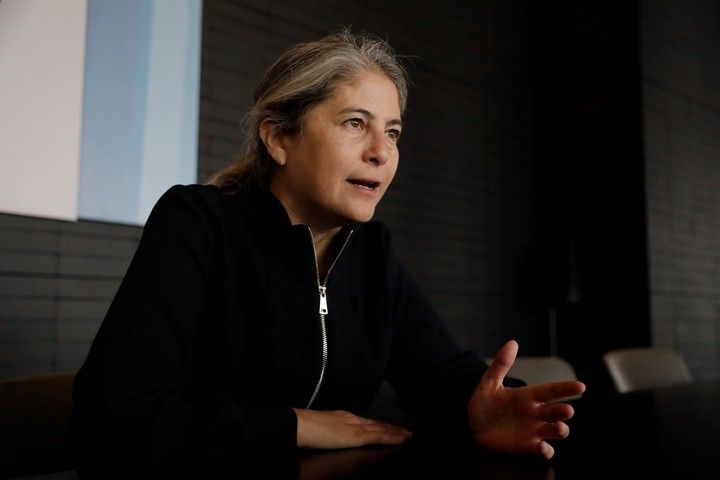 The Argentine writer Selva Almada speaks during an interview with EFE on April 21, 2023, in Bogotá (Colombia). EFE/ Carlos Ortega
The Argentine writer Selva Almada speaks during an interview with EFE on April 21, 2023, in Bogotá (Colombia). EFE/ Carlos Ortega–The book has illustrations by Lilian Almada, your sister. What did it mean to work with her in this project?
– With Lilian we wanted to work together in a book I had been. We had had a job when I was part of a small editorial called Argentine flesh and published the Laiseca porn manual. For that edition Lilian had made a series of doll sculptures inspired by the texts of Lai Masomenes in 2007. But hey, not as a writer but as an editor. Then we always fantasize about doing the experience of a book together. So when this proposal appeared by the province’s publishing house, it was immediately like linking. We worked very together as the stories I was writing and the things she told me and with her illustrations. It was a beautiful job to do, work with my sister with whom I have a very narrow, very strong relationship, that I love what she also does as an artist and that all that ends up being in a book for us was great and for my mother or tell you.
–Vas to participate in two activities at the fair: the official presentation of The innocent in Penguin’s space with Horacio Convertini and “the indigenous word. Dialogue with original writers and writers. Wichí in poetry. Conversation with Lecko Zamora”. What could you comment on both?
– May 7 I will be accompanying the poet Lecko Zamora, Wichí poet in the. First of the talks, the opening of the indigenous dialogues, which seems to me a great incorporation into the programming of the fair. It started last year. Fabián Martínez Siccardi was the promoter of something that seems to me that it was an unforgivable fault that as the Latin American dialogues were, of the provinces, there would not be a program for indigenous dialogues, especially with great exponents and that more and more authors appear very important. It seems great to me that the reading public can also access these books, approach those authors and know them because sometimes they are works that go a bit unnoticed. We will be talking a little with Zamora and especially listening, listening to what he has to say and listen to him to read, which seems to me that it will be a precious experience. On May 8 we will present the innocents with Horacio Convertini, who is also the author of the house and we know each other many years ago, he has come at the time of the writing clinics that we coordinated with Julián López, so we have a long relationship of love, to read and comment. So it will be great too.
– Do you have any other project on the way? Are you writing something?
–Yes, I’m working on a novel. The idea is that I can leave this year, so I am getting a lot of battery to that writing. Actually, I started it for a long time, in a residence that I made in France in 2022. There appeared the first spark, I kept going around, thinking about it a lot during this time and now I am dedicated to writing.
– Finally, how does this present find you in relation to culture and literature in our country?
– They are very terrible times for our country, not only in relation to culture, but in general. But at the same time, I think that in dark times and aciagians like these. The worst thing we can do is stop producing culture, stop working, stop thinking books that can be doors towards other ways of living and thinking, that is what literature has. Show us other possible universes, other possible ways to be. I think that in that sense, reading, at least for me, that I am a reader since very small, has always been a creative act and a liberating act to be able to read. Reading makes us less mean because it shows us many panoramas, possible worlds. It forces you to get out of the smallness of your life, your environment, what you know. That is the most wonderful thing about literature and at times where there is a terrible advance of restricting freedoms all the time in the name of freedom, reading can be a good place where to go to continue thinking that it is another world is possible. I claim that right, because reading is a right. The right to reading and also the right to the desire to write. To the ultra -right and the anti -rights have to be answered with more books, more poetry readings, more encounters where we talk about other things and where we also join a little more fair, honest, generous, generous, participatory and inclusive country. All that unfortunately we are losing in a very worrying and frightening way.
Basic Almada Selva
- He was born in Entre Ríos, in 1973.
- He published his first stories in the weekly analysis, of the city of Paraná. There he directed, between 1997 and 1998, Caelum Blue magazine. Has published the novels Doll evilEditorial Meat Argentina, 2003; ChildrenEditorial of the University of La Plata, in 2005; A province girlEditorial Gárgola, EN 2007; The wind that sweepsMardulce Editora, in 2012, and the e-book Anemin editorial the projects.
- The magazine Casafrom Casa de las Américas, he published his story “The detachment is our way of loving us”, Cuba, 2006. His stories integrate some anthologies such as A terrace of your own, Editorial Norma, and narrators of the 21st century, GCBA book option program, both edited in 2006.
 The Argentine writer Selva Almada speaks during an interview with EFE on April 21, 2023, in Bogotá (Colombia). EFE/ Carlos Ortega
The Argentine writer Selva Almada speaks during an interview with EFE on April 21, 2023, in Bogotá (Colombia). EFE/ Carlos Ortega- Part of his work is translated into French, Portuguese, German, Dutch and Turkish. He lives in Buenos Aires.

